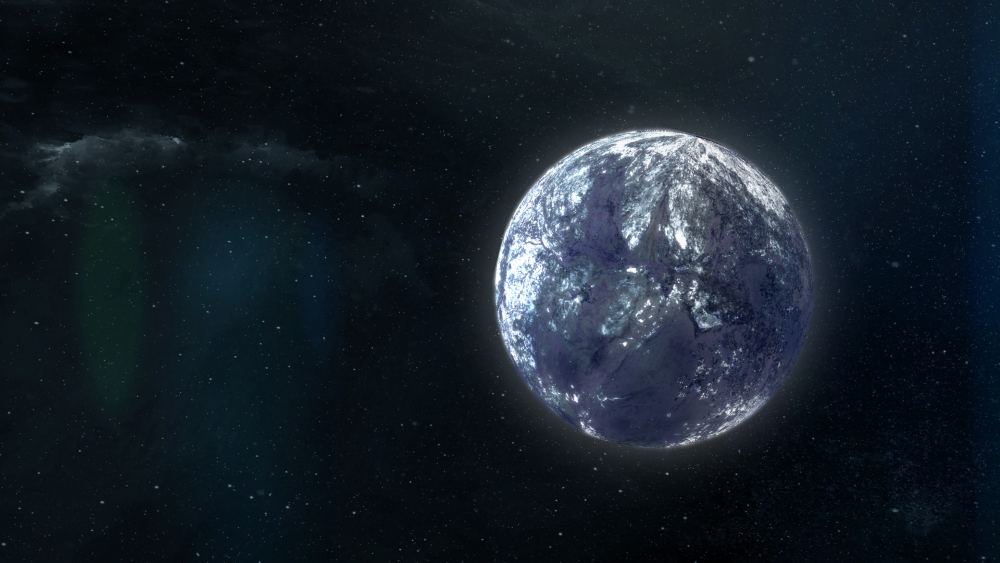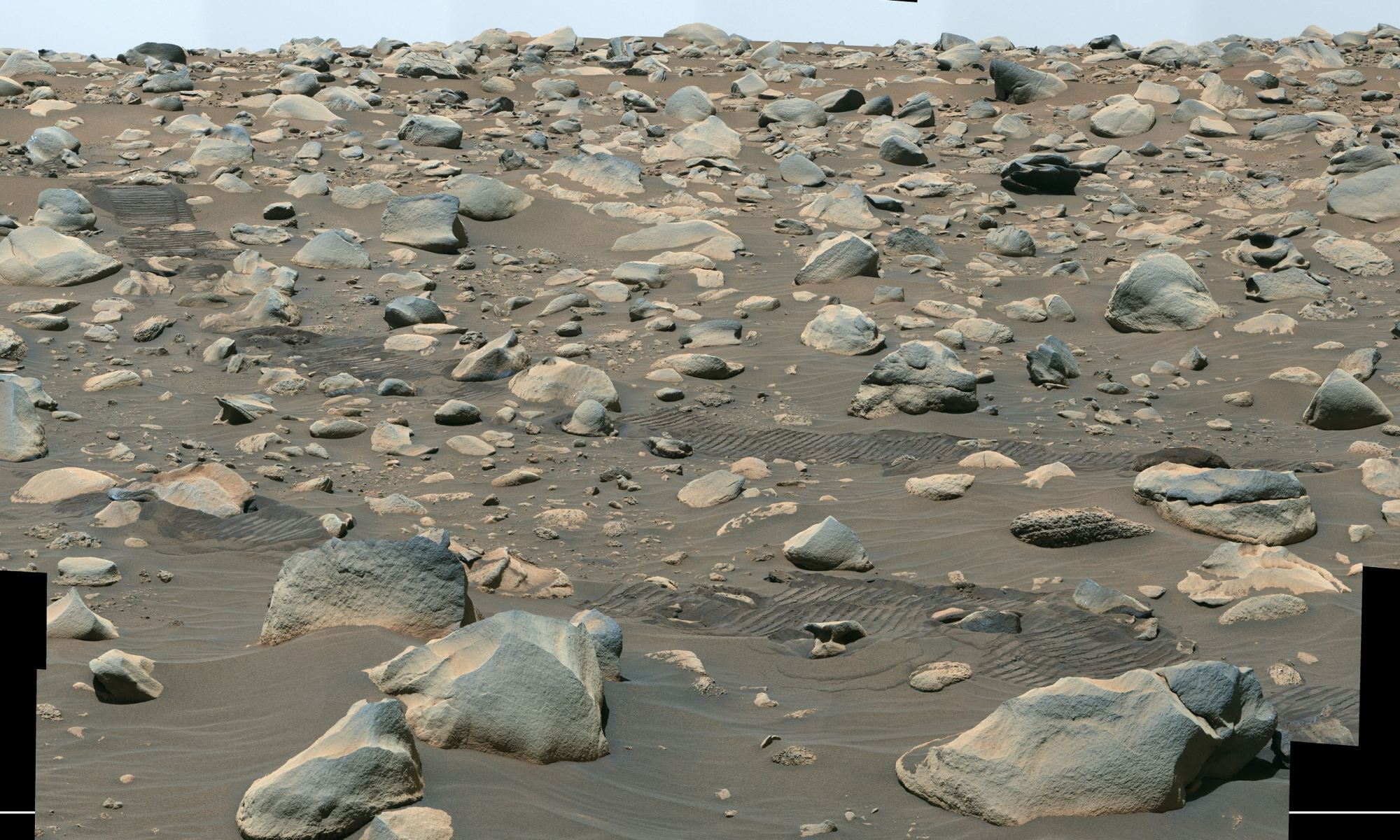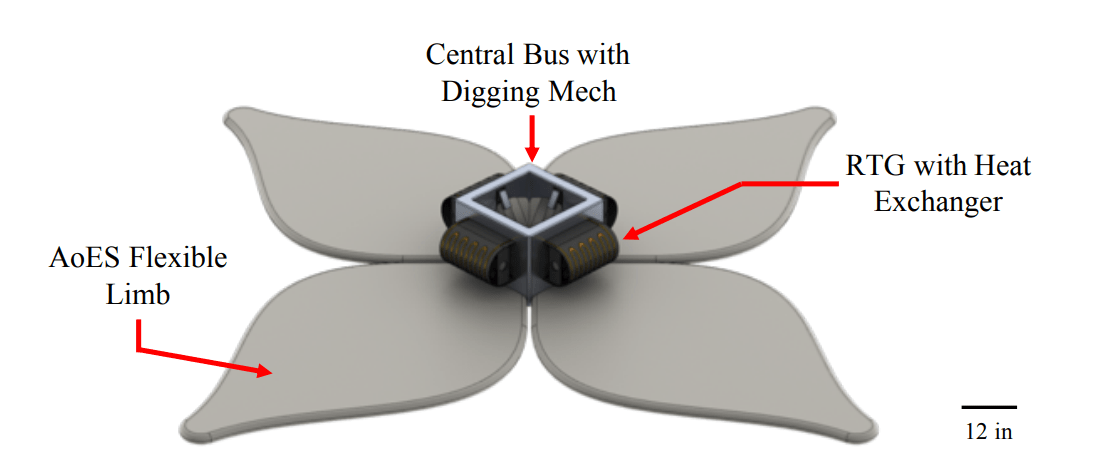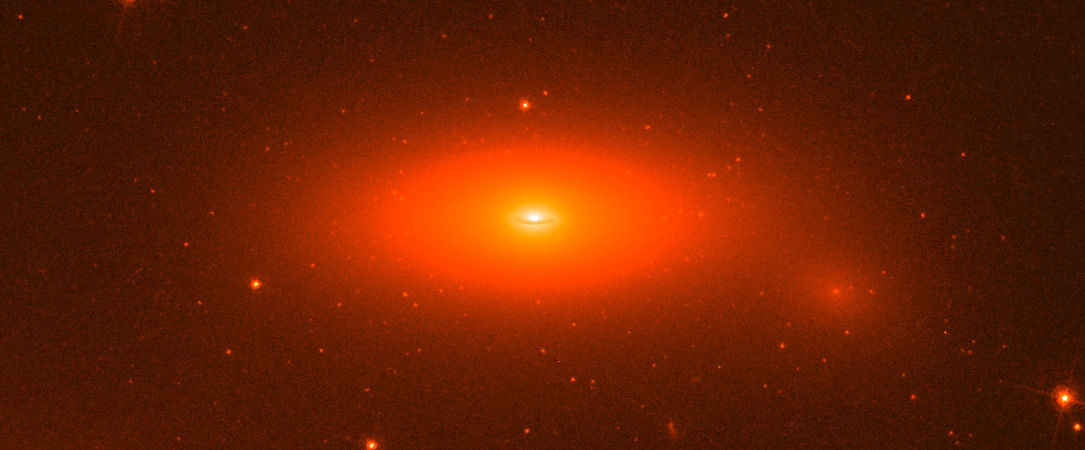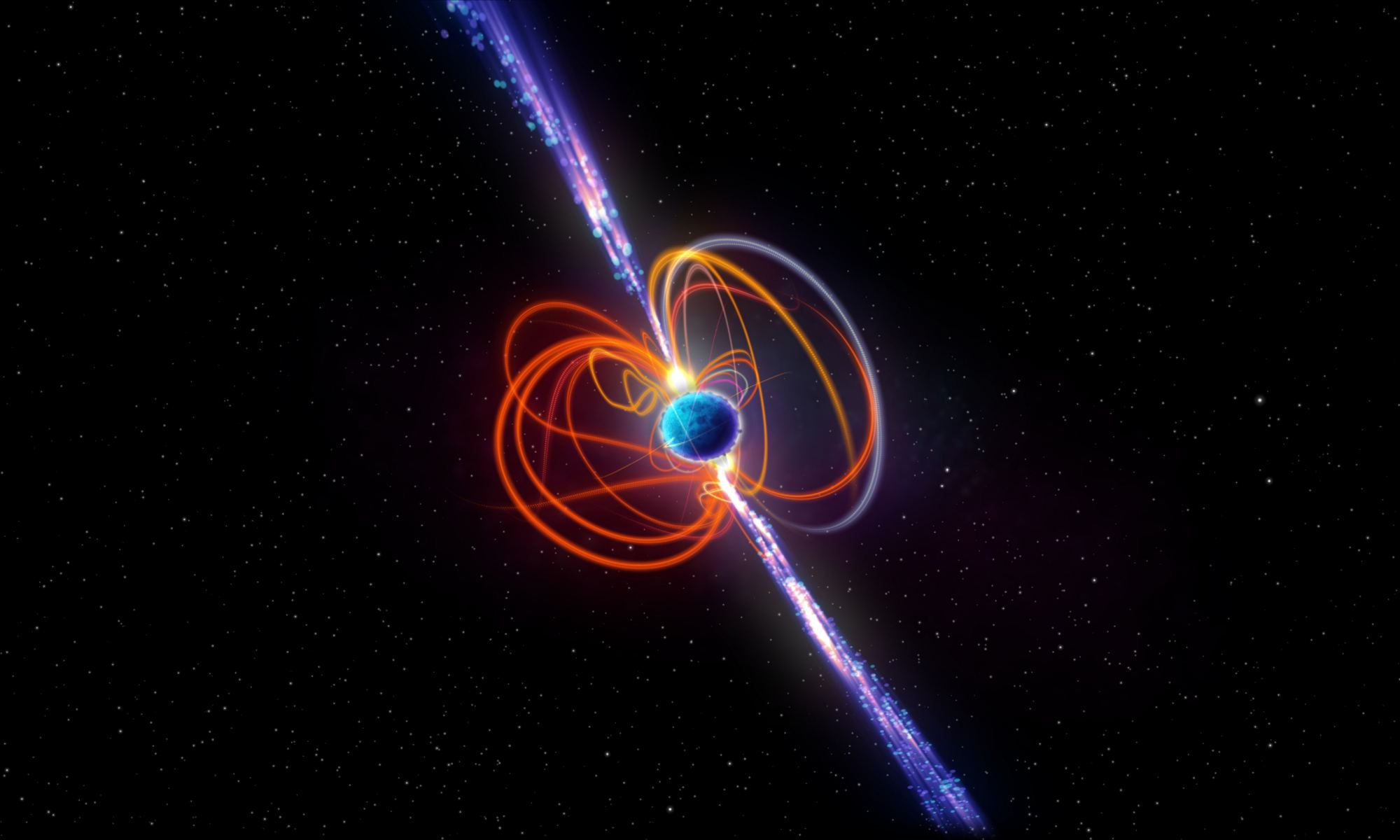A pair of new studies set to be published in The Astronomical Journal examine new discoveries in the field of rogue planets, which are free-floating exoplanets that drift through space unbound by the gravitational tug of a star. They can form within their own solar system and get ejected, or they can form independently, as well. The first study examines only the second discovery of an Earth-mass rogue planet—the first being discovered in September 2020—while the second study examines the potential number of rogue planets that could exist in our Milky Way Galaxy.
Continue reading “There Could be Trillions of Rogue Planets Wandering the Milky Way”There Could be Trillions of Rogue Planets Wandering the Milky Way
